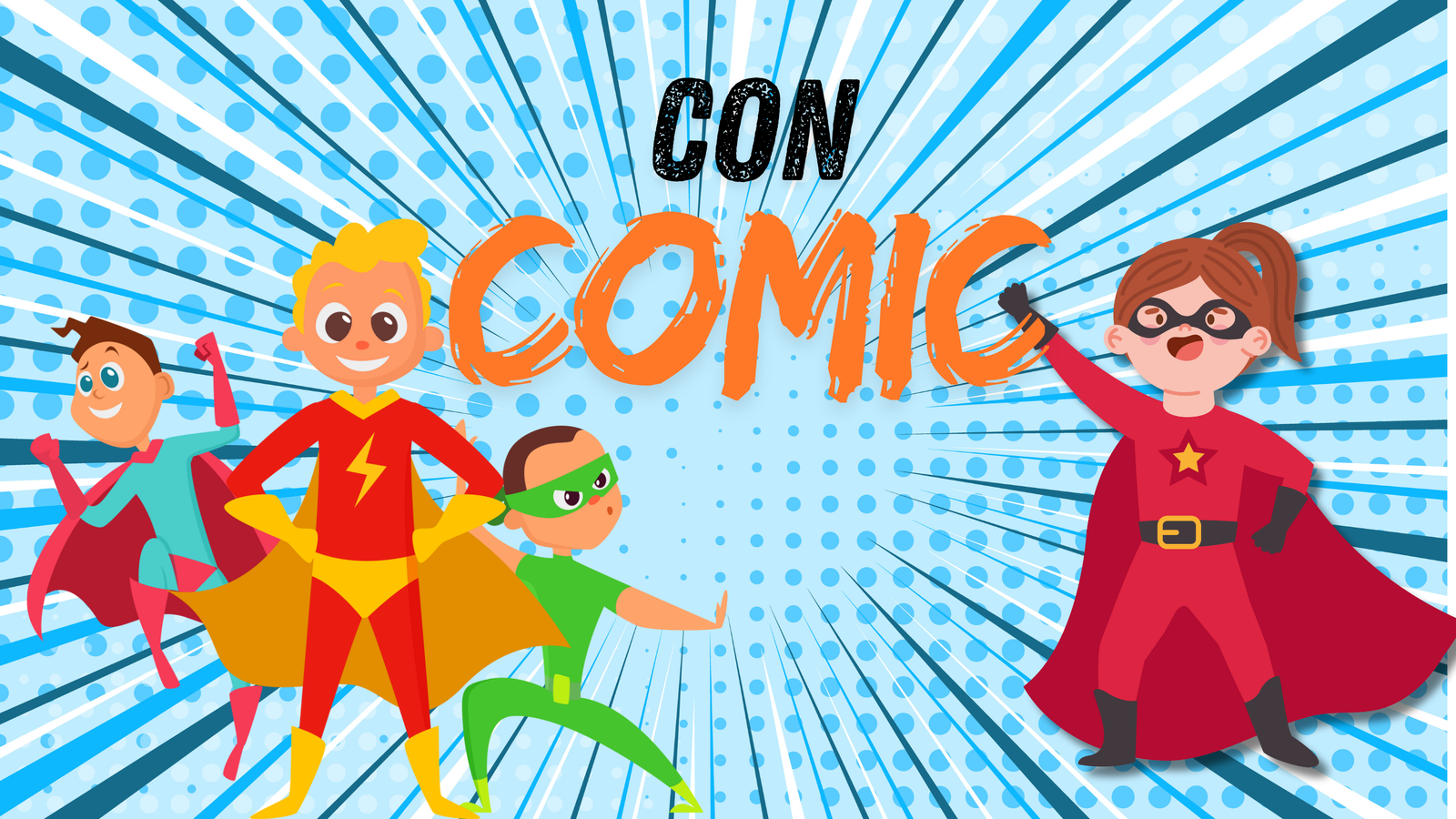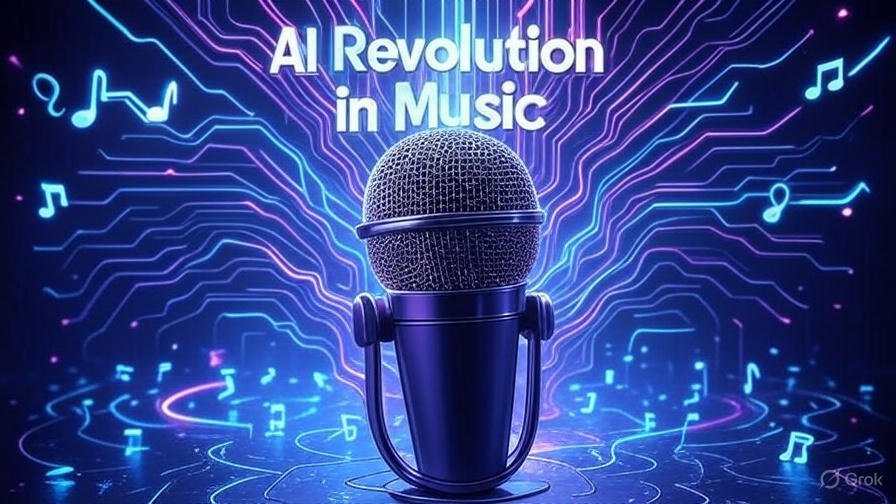AI in the Classroom: Empowering Teachers with Cutting-Edge Tools for 2025 and Beyond

In 2025, the classroom is undergoing a technological revolution, with AI for teachers 2025 redefining how educators plan lessons, personalize learning, and grade assignments. From bustling urban schools to rural districts, AI lesson planning, personalized student learning AI, and AI grading tools are empowering teachers to focus on what matters most: inspiring students. Across the US, school districts are adopting these tools at an unprecedented rate, driven by the need to manage workloads and enhance student outcomes. Web sources report that 62% of teachers using AI save at least three hours weekly, while sentiment on X highlights both excitement and concerns about implementation. This article explores how AI for teachers is transforming education, reviews top tools, examines US school districts AI adoption, and envisions the future of AI in education, offering practical insights for educators navigating this digital frontier.
Why AI is Transforming Education
The rise of AI for teachers 2025 is driven by the overwhelming demands on educators. Web sources indicate that teachers spend up to 20 hours weekly on administrative tasks like lesson planning and grading, leaving less time for student engagement. AI tools address this by automating repetitive tasks and tailoring education to individual needs. The cultural shift toward personalized learning, coupled with post-pandemic challenges like learning gaps, has fueled demand for personalized student learning AI.
Sentiment on X reflects mixed feelings: educators praise AI’s efficiency, with posts noting “more time for teaching,” but some express concerns about over-reliance, citing issues like “AI-generated worksheets with errors.” Despite these challenges, the adoption of AI for teachers is accelerating, with web sources projecting a 30% increase in AI tool usage in US schools by 2026, making 2025 a pivotal year for educational transformation.
AI for Lesson Planning: Streamlining Creativity
AI lesson planning tools are revolutionizing how teachers prepare for classes, saving hours of manual work. Platforms like LessonPlans.ai, MagicSchool, and Eduaide.AI generate standards-aligned lesson plans, activities, and worksheets in minutes. Web sources highlight that LessonPlans.ai creates ready-to-use curriculum ideas tailored to grade levels, reducing preparation time by 50%. MagicSchool, with over 80 tools, offers rubric creation and lesson outlines, priced at $99.96/year for its Plus plan.
How It Works: Teachers input grade levels, subjects, and standards (e.g., NGSS MS-LS1-6), and AI generates structured plans with objectives, activities, and assessments. For example, a 7th-grade science teacher can request a 45-minute photosynthesis lesson, receiving a plan with a curiosity hook and exit tickets. Sentiment on X praises the time savings but warns of inaccuracies, urging teachers to review outputs for alignment with local curricula.
Top Tools:
- LessonPlans.ai: Generates customizable lesson plans; free tier offers 10 lessons/month, Pro at $7.99/month.
- MagicSchool: Comprehensive toolkit for lesson planning and communication; free core features, Plus at $99.96/year.
- Eduaide.AI: Creates syllabi and discussion prompts; free trial, paid plans from $5.99/month.
Personalized Student Learning: Tailoring Education
Personalized student learning AI adapts instruction to individual student needs, addressing diverse learning paces and styles. Tools like SchoolAI and Khanmigo create adaptive lessons and virtual tutors, as noted in web sources. SchoolAI’s teacher-controlled chatbots provide instant feedback, while Khanmigo offers personalized assignments, free for educators in select regions. These tools improve student engagement by 25%, according to a 2024 EdTech Magazine survey.
How It Works: AI analyzes student performance data to deliver tailored content. For example, Quizizz adjusts quiz difficulty based on responses, ensuring students are challenged appropriately. Web sources note that these tools support differentiated instruction, helping students with IEPs or language barriers. Sentiment on X highlights successes, like “students catching up faster,” but warns of over-reliance risking fundamental skill gaps.
Top Tools:
- SchoolAI: Offers AI tutors and adaptive lessons; free for individual teachers, district pricing varies.
- Khanmigo: Provides personalized tutoring; free in select regions, waitlist-based access.
- Quizizz: Creates adaptive quizzes; free basic plan, paid from $12/month.
AI Grading Tools: Streamlining Assessment
AI grading tools reduce the burden of assessment, which web sources estimate takes teachers 5 hours weekly. Gradescope and VibeGrade lead this space, automating grading for multiple-choice and essay assignments. Gradescope, used in universities like UC Berkeley, cuts grading time by 50% with AI-assisted scoring, while VibeGrade integrates with Google Docs for instant essay feedback, priced at $13/month.
How It Works: AI scans answers, applies rubrics, and provides feedback, with teachers reviewing a sample for accuracy. For example, Gradescope clusters similar responses for batch grading, while VibeGrade offers plagiarism detection. Sentiment on X notes time savings but cautions against errors in subjective grading, emphasizing human oversight.
Top Tools:
- Gradescope: Automates multiple-choice and essay grading; free for individuals, institutional pricing varies.
- VibeGrade: Provides rubric-aligned essay feedback; $13/month for premium features.
- Microsoft Copilot for Education: Assists grading in Word/Excel; included in Microsoft 365 subscriptions.
US School Districts’ AI Adoption
US school districts AI adoption is accelerating, with districts like Los Angeles Unified (LAUSD) and Miami-Dade integrating AI tools into classrooms. Web sources report that LAUSD uses MagicSchool for lesson planning, saving teachers 3–5 hours weekly, while Miami-Dade employs Quizizz for adaptive assessments, boosting student participation by 20%. Over 1,000 US districts have adopted AI, driven by federal funding from the Every Student Succeeds Act (ESSA).
Smaller districts, like those in rural Texas, use free tools like Microsoft Immersive Reader to support accessibility, as noted in web sources. Sentiment on X highlights successes, with posts noting “engaged students,” but concerns about teacher training and data privacy persist, reflecting the need for robust implementation strategies.
Practical Tips for Teachers
To leverage AI for teachers 2025, educators can follow these steps:
- Start Small: Test free tools like Quizizz or Immersive Reader for one class to assess impact.
- Review Outputs: Check AI-generated plans or grades for accuracy to align with curricula.
- Prioritize Privacy: Use tools compliant with FERPA to protect student data, as emphasized in web sources.
- Seek Training: Attend district workshops or online courses to master AI tools, reducing errors noted on X.
Challenges and Ethical Considerations
Despite their promise, AI for teachers faces challenges. Data privacy is critical, with web sources noting risks of student data breaches in cloud-based tools. Plagiarism concerns arise with AI-generated content, requiring updated detection methods. Sentiment on X warns of inaccuracies in AI outputs, like “misspelled worksheets,” and over-reliance risking student skill development.
How to Mitigate:
- Use secure platforms like SchoolAI with FERPA compliance.
- Manually verify AI outputs for accuracy and relevance.
- Balance AI with traditional teaching to maintain core skills.
Future of AI in Education
The future of AI in education is bright, with trends pointing to:
- Adaptive Platforms: AI systems creating personalized learning paths, improving outcomes by 30%, as per web sources.
- AI Tutors: Virtual tutors supporting homework outside class, scaling teacher impact.
- Data-Driven Insights: AI analytics to identify learning gaps in real-time, enhancing interventions.
Web sources predict that by 2030, 80% of US schools will use AI tools, driven by advancements in NLP and analytics. Sentiment on X is optimistic but stresses ethical implementation, ensuring AI enhances, not replaces, human teaching.
Conclusion: Embracing AI for a Brighter Classroom
AI for teachers 2025 is empowering educators with tools for AI lesson planning, personalized student learning AI, and AI grading tools, transforming classrooms across the US. With US school districts AI adoption accelerating, these tools save time and enhance outcomes, paving the way for the future of AI in education. By starting small, prioritizing privacy, and balancing AI with human interaction, teachers can harness this revolution. Share your favorite AI tool below and explore more educational insights on Mehena to shape the classroom of tomorrow!




